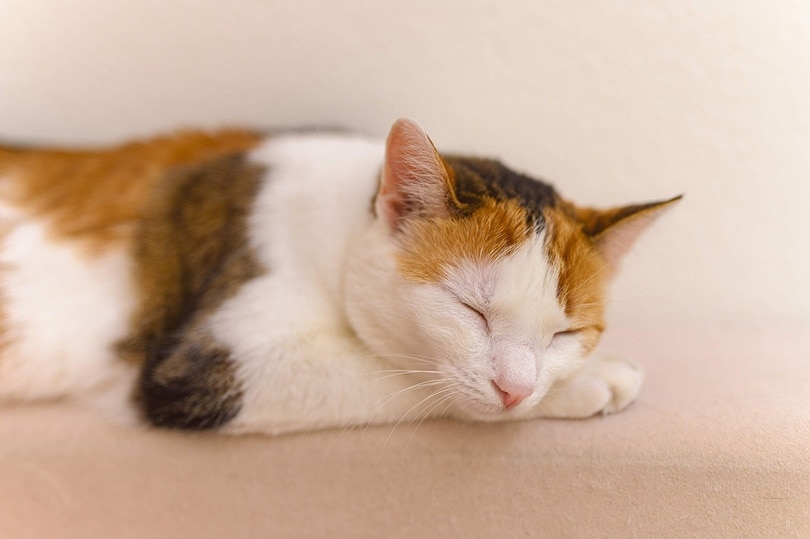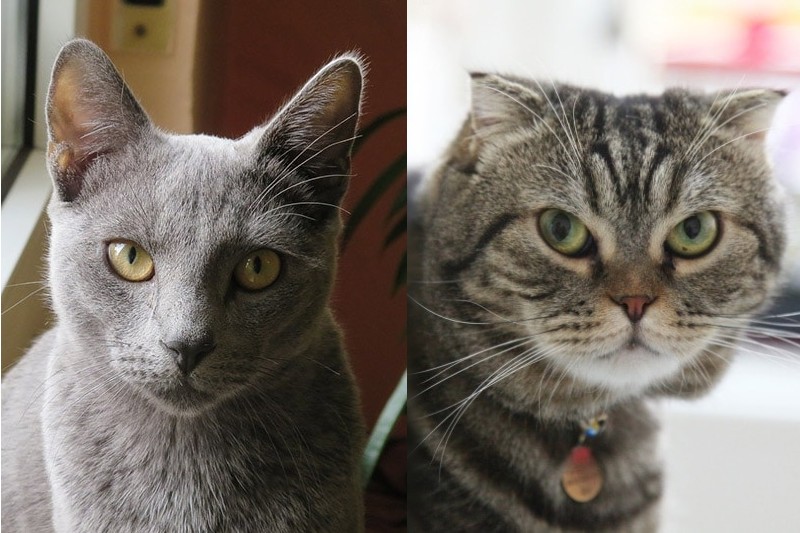Bengal vs. Egyptian Mau: Differences Explained (With Pictures)
By Ed Malaker
Updated on
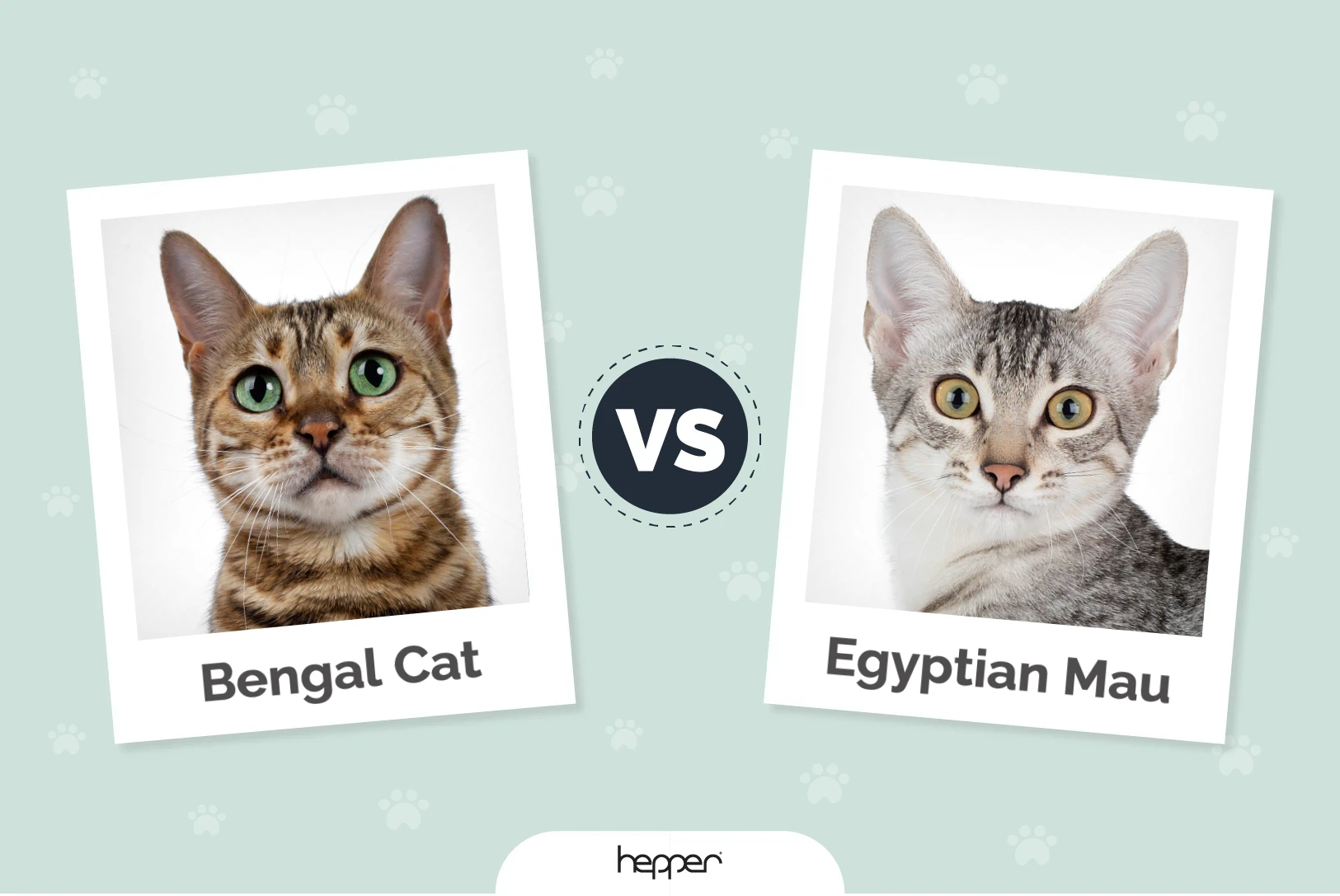
Click to Skip Ahead
The Bengal and Egyptian Mau are two of the most attractive cat breeds for owners who enjoy a unique coat that helps their cat stand out. The Bengal has an exotic leopard-like appearance, while the ancient Egyptian Mau has spots, stripes, and facial markings resembling mascara. If you are considering getting one of these pets for your home, keep reading as we compare their size, lifespan, personality, and more to help you make an informed decision.
Visual Differences
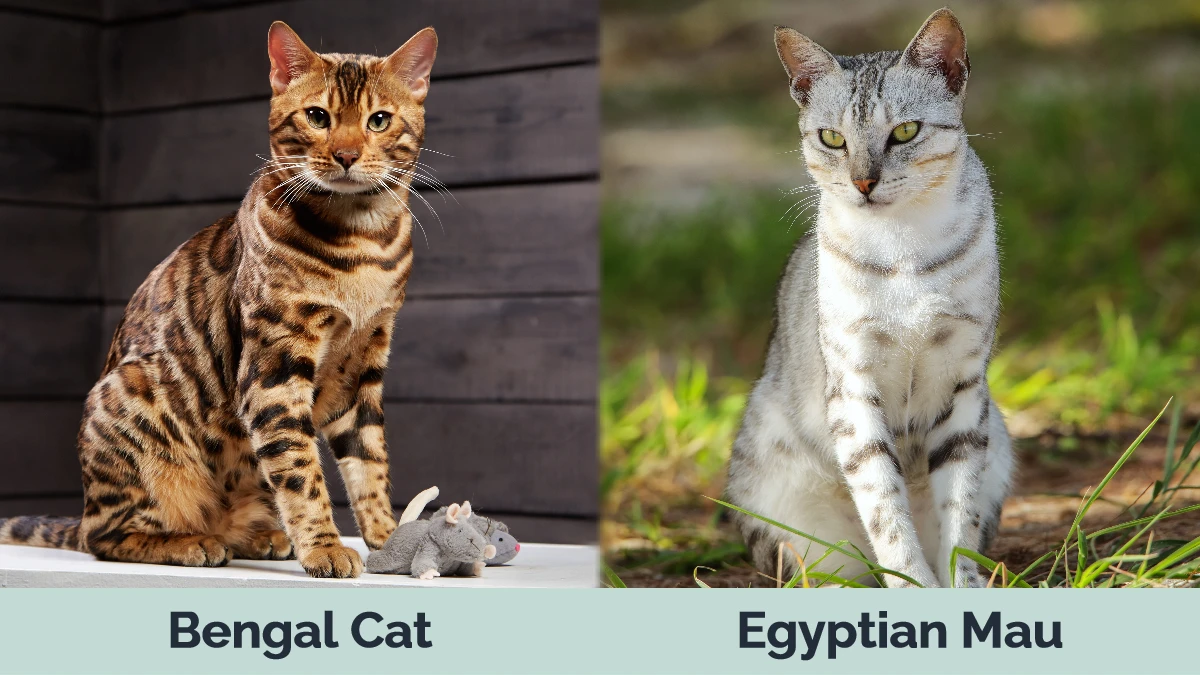
At a Glance
- Average height (adult): 9–10 inches
- Average weight (adult): 55–80 pounds
- Lifespan: 12–16 years
- Exercise: 30+ minutes a day
- Grooming needs: Moderate
- Family-friendly: Yes
- Other pet-friendly: Yes
- Trainability: Intelligent and curious
- Average height (adult): 8–10 inches
- Average weight (adult): 6–14 pounds
- Lifespan: 12–15 years
- Exercise: 30+ minutes a day
- Grooming needs: Low
- Family-friendly: Yes
- Other pet-friendly: Yes
- Trainability: Intelligent but playful
Bengal Overview
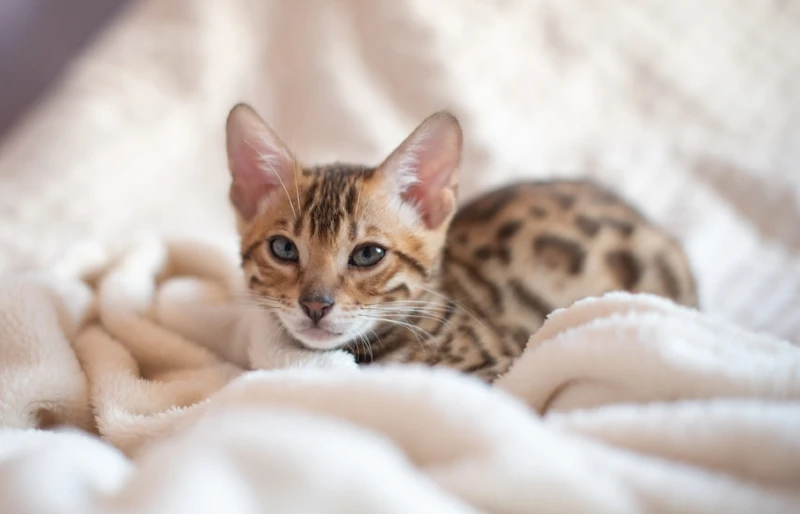
Origin
The Bengal cat was developed through crossbreeding domestic cats, including the Egyptian Mau, Abyssinian, and American Shorthair, with the Asian leopard cat (Prionailurus bengalensis), a small wild feline in Asia. The breed’s name, Bengal, is derived from the Asian leopard cat’s scientific name.
The initial goal was to create a friendly, domestic cat that looked like a wild leopard. Development started in the 1960s and carried on for several decades. Jean Mill, a cat breeder in California, is often credited with being one of the pioneers of the Bengal breed. Cat registries like The International Cat Association (TICA) and the Cat Fanciers’ Association (CFA) officially recognized them in the 1980s.
Appearance
Bengal cats have distinctive coat patterns that can be spotted or marbled. Spotted Bengals have randomly placed spots on their coats, while marbled Bengals have a unique swirling, marbled pattern resembling that of a wild ocelot. The coat colors of Bengal cats vary and can include brown, silver, charcoal, and snow with high-contrast markings. They usually have a white belly and chin, with almond-shaped eyes that can be gold, green, and blue.
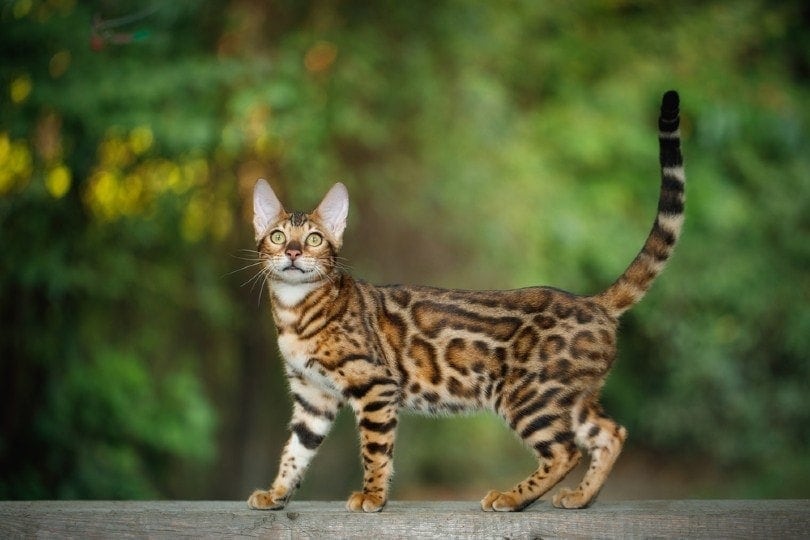
Health
Bengal cats are generally healthy due to being a hybrid of several different breeds. Experienced breeders use selective breeding to reduce the risk of their cats contracting many diseases more common in the parents. However, you should schedule regular vet appointments to look out for hypertrophic cardiomyopathy, patellar luxation, and progressive retinal atrophy. Less serious but more common issues include gastrointestinal issues and allergies.
Suitable For:
Bengal cats are high-energy pets that love to stay active, so they are good options for families with time to play. They are intelligent, thrive on mental challenges, and often seek interaction and companionship. They like to explore and often experience bursts of energy that can cause them to run around wildly for several minutes, so they are better suited to large homes. That said, they are quite adaptable and can be satisfied with a perch or two that enables them to survey their surroundings.
Egyptian Mau Overview
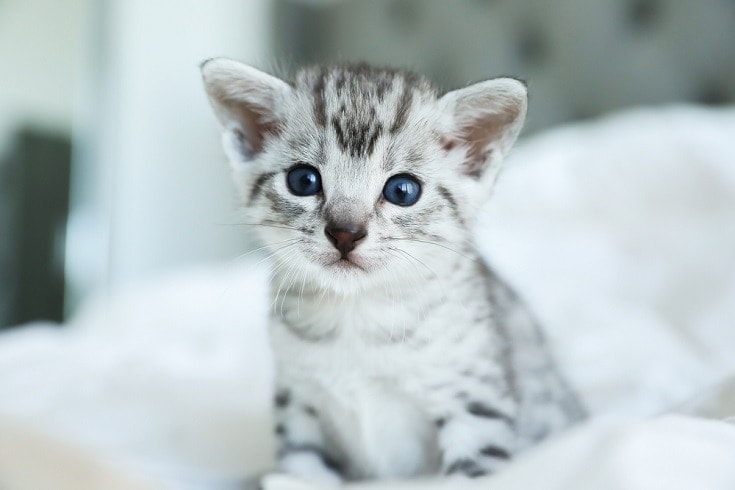
Origin
The Egyptian Mau is a cat breed with ancient origins in Egypt. Their name, Mau, is the Egyptian word for cat, and it is often associated with the cats that were popular in ancient Egyptian society. Unfortunately, there are no clear records indicating the development of this breed, but they came to the United States in the 1950s and were accepted for championship status by TICA in 1970 and CFA in 1979.
Appearance
The Egyptian Mau comes in several coat colors, including silver, bronze, and smoke. Their coat has a unique pattern with random spots on the body, stripes or bands on the legs and tail, and facial stripes that resemble mascara or a scarab beetle, which the Egyptians admired. They have large green eyes, small ears, and a gentle expression. Their body is medium-sized and muscular, enabling them to achieve high speeds.
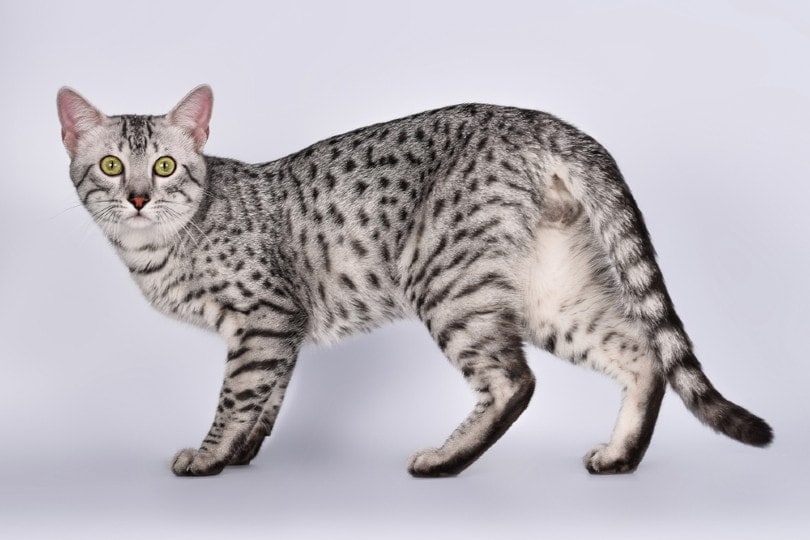
Health
Egyptian Mau Cats, like Bengals, are quite healthy and can have a lifespan that extends beyond 15 years. However, certain health problems, like hypertrophic cardiomyopathy, can affect many breeds, including the Egyptian Mau. You will also want to look out for degenerative joint disease, dental and urinary tract issues, and hyperesthesia syndrome.
Suitable For:
Egyptian Maus are known for their playful and active nature, so they are great for active individuals and families. They are ideal for older children who won’t play too rough, and they enjoy interactive play, climbing, and exploring, so they are well-suited to large homes. They also get along well with other pets, especially if you socialize them with various animals while they’re a kitten.
Which Breed Is Right for You?
When choosing between the Bengal and Egyptian Mau, the biggest consideration will likely be which coat pattern you prefer. Both cats are roughly the same size and have friendly, playful temperaments and plenty of energy, making them ideal for large families or individuals with time to spare. Both breeds are also quite healthy, with long life expectancies, and are easy to groom, with the Egyptian Mau’s short fur being slightly simpler to deal with.
Featured Image Credit: Left – Nynke van Holten, Shutterstock | Right – Vivienstock, Shutterstock



